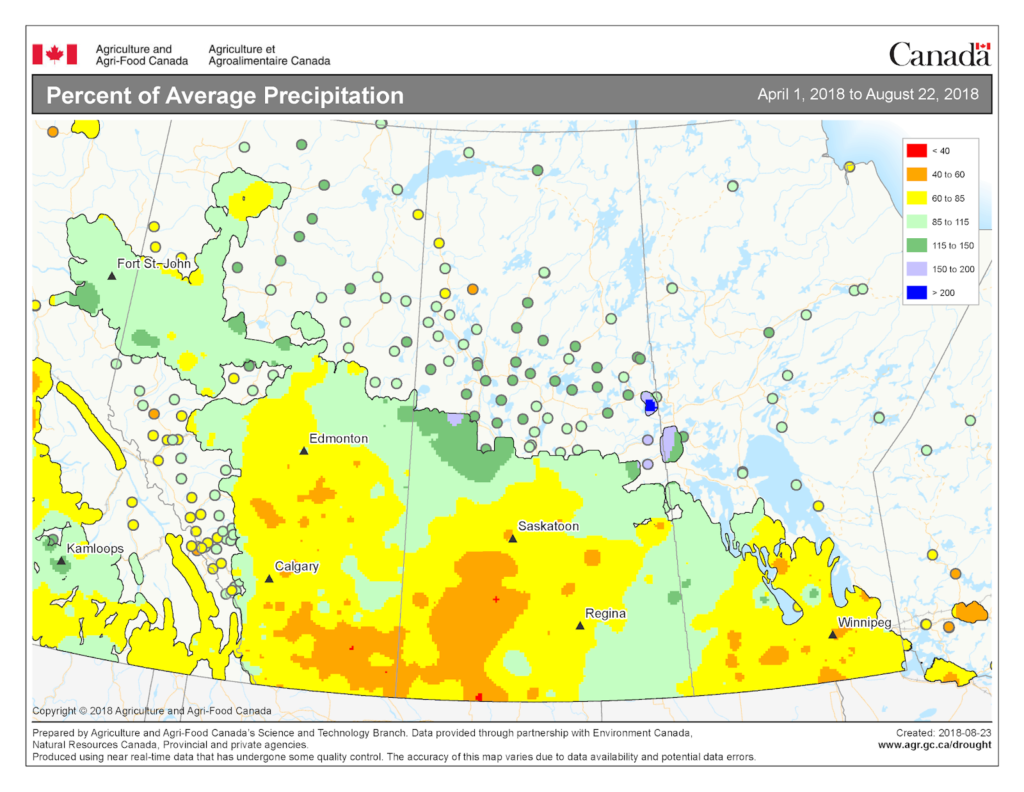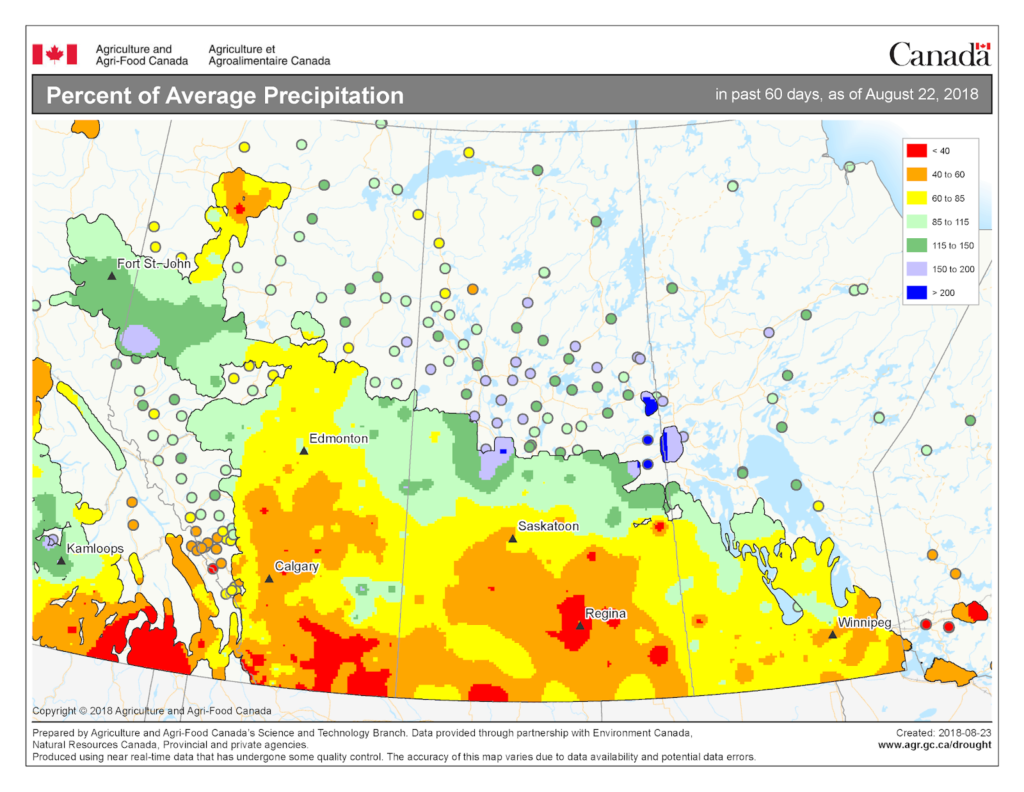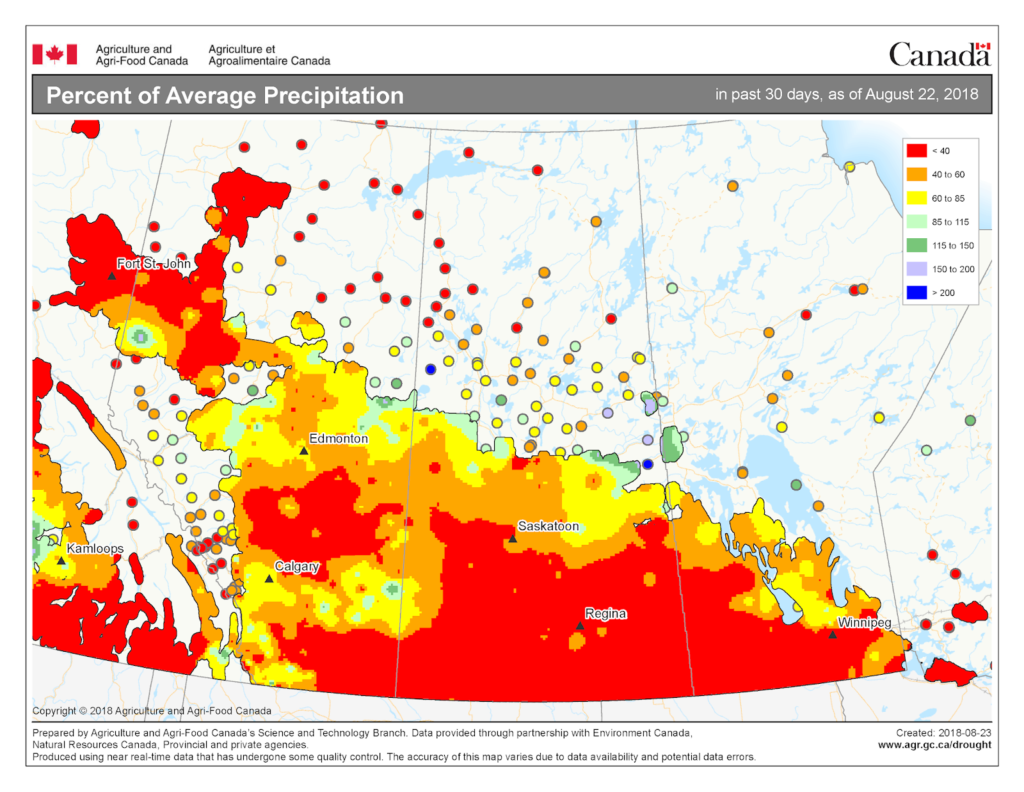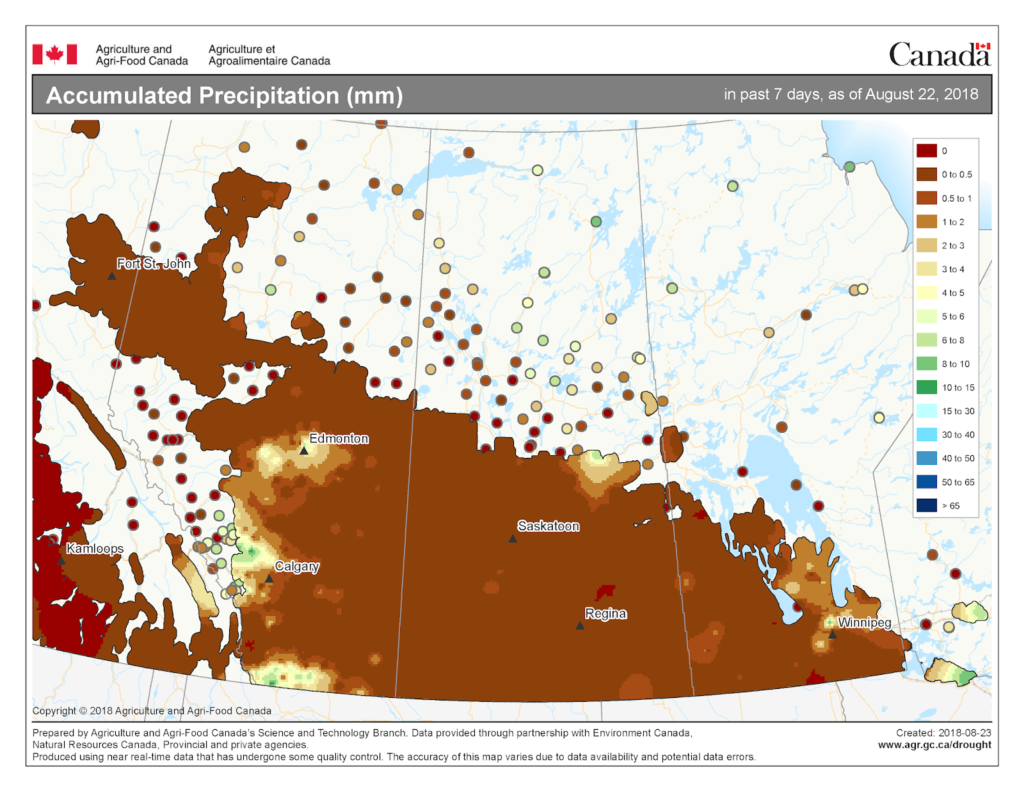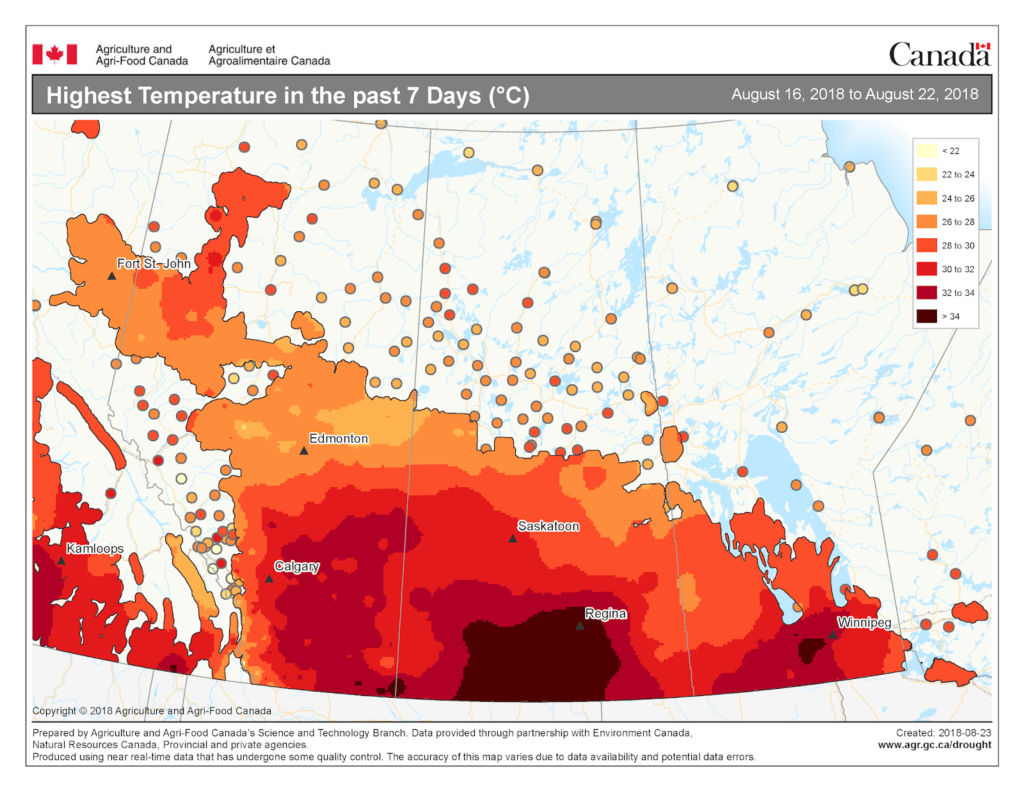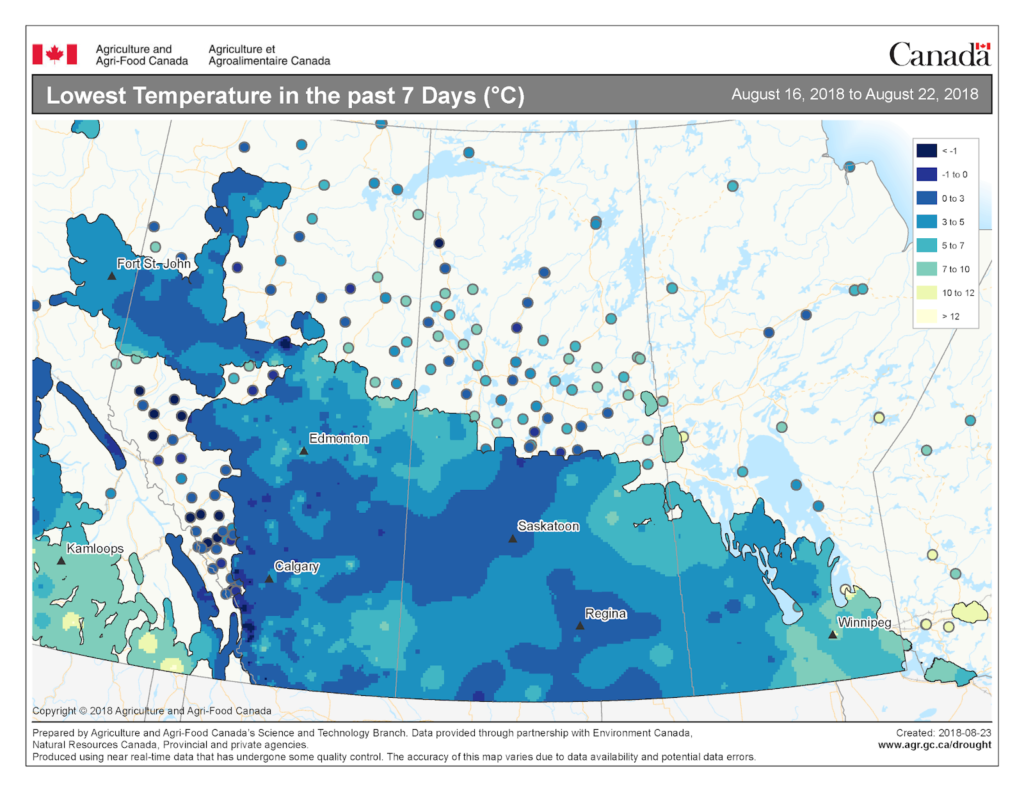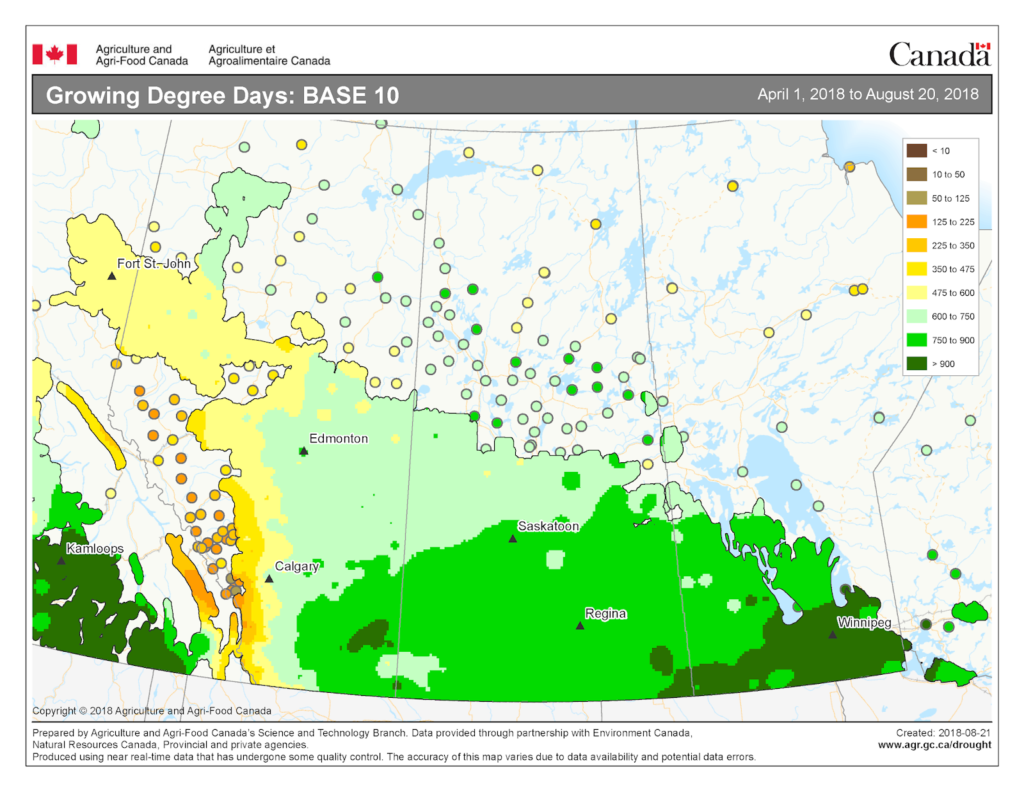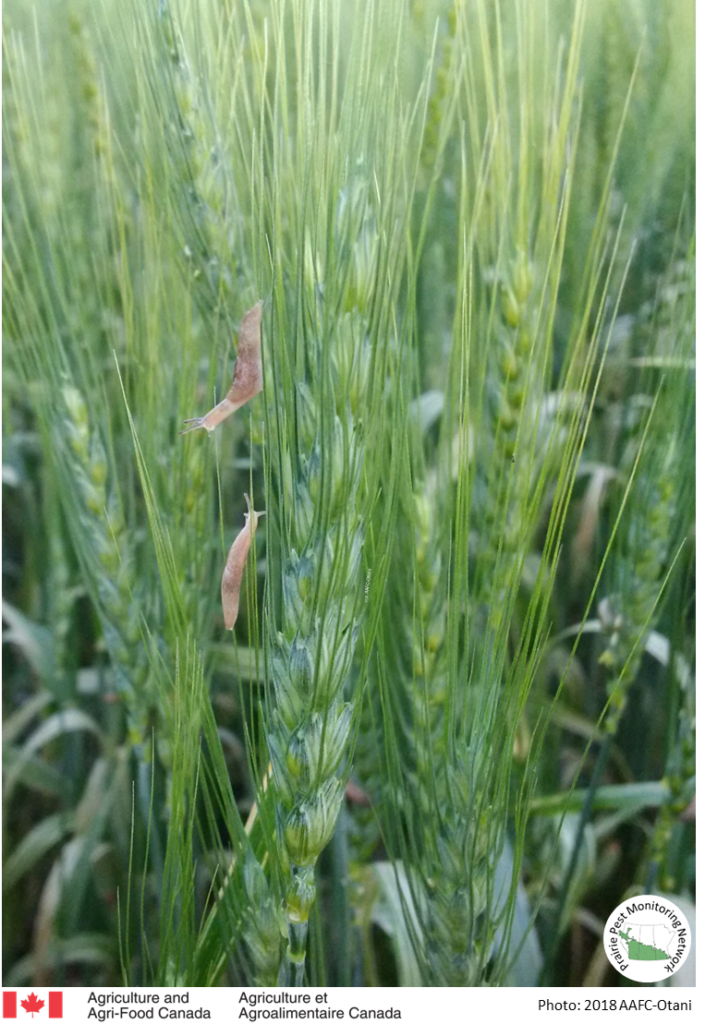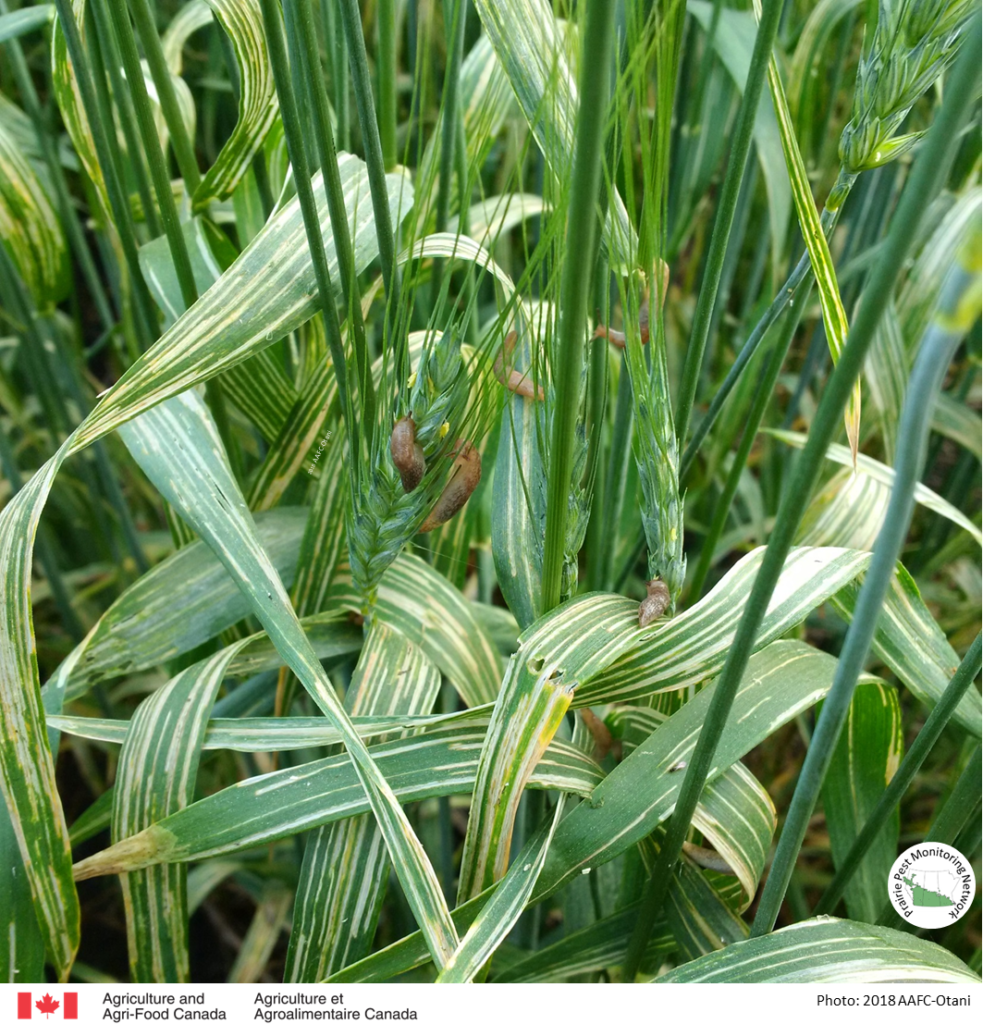As we are nearing the end of the 2018 growing season, we decided to feature something a little bit different for this week’s Insect of the Week: insects that are biological control agents of weeds. Natural enemies of insects include parasitoids and predators that kill insect pests. Natural enemies of weeds include plant pathogens or insect herbivores that impact weed growth and reproduction, thus reducing reduce weed density. There are many insects that may be found in rangeland, forage and crop habitats that are biological control agents of weeds, some of which have been introduced purposely after rigorous testing for safety from places where our invasive plants have originated. Biological control agents of weeds act in two primary ways: plant herbivory and granivory. Plant herbivores consume root, leaves and./or shoots enough to typically reduce its ability to grow and reproduce, and thus its ability to compete with rangeland plants used in cattle grazing or with crops. Granivores or weed seed predators consume high numbers of weed seeds, thus reducing the number of viable weed seeds entering seed banks for germination in future growing seasons.
Ground beetles (Coleoptera: Carabidae) of several genera are known to eat weed seeds within crops, including Harpalus, Amara, Poecilus, and Pterostichus. The diets of some ground beetles almost entirely consist of weed seeds. Other ground beetles are primarily carnivores (i.e., generalist predators of other insects or slugs) that occasionally consume weed seeds. More information about the biology of ground beetles can be found by visiting the Insect of the Week page.
Mogulones crucifer (Pallas) is a biological control agent of hound’s-tongue (Cynoglossum officinale L.), a weedy pest of rangelands in southern British Columbia and southwestern Alberta. The adult stage of this weevil species (Coleoptera: Curculionidae) feeds on leaves of its host while the larvae consume the roots of the host plant. The weevil is highly mobile and has significantly reduced hound’s-tongue densities where it has been released for biological control. For more information about M. crucifer, visit https://www.for.gov.bc.ca/hra/plants/biocontrol/detailed_bioagent_pages/Mogulones_cruciger.htm
Prepared by Dr. Meghan Vankosky
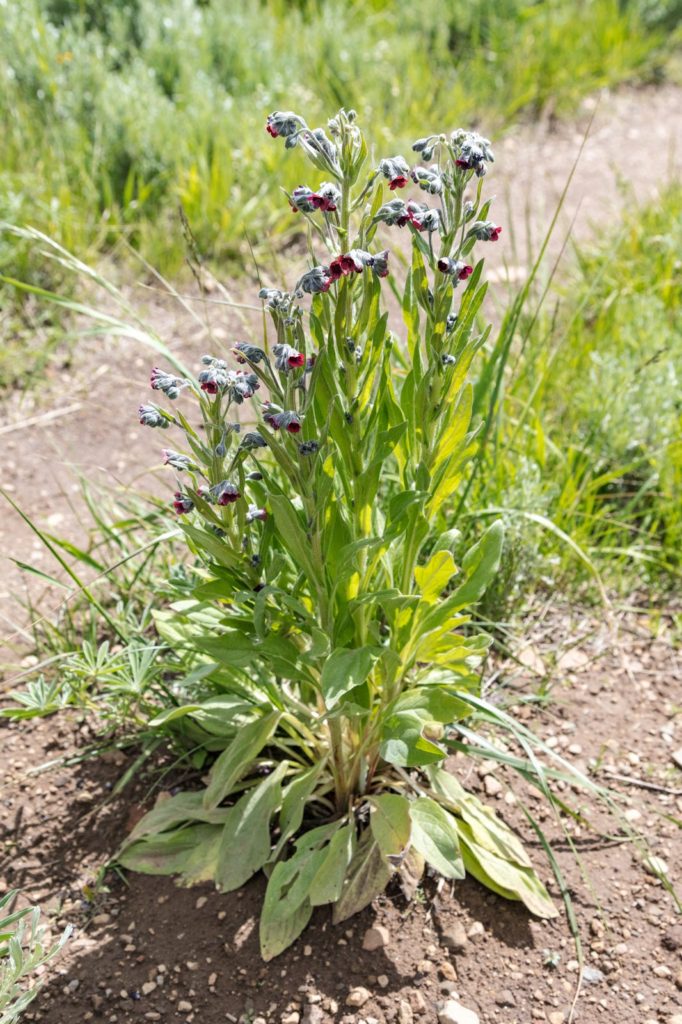
plant for Mogulones crucifer
Photo: Jacob W. Frank
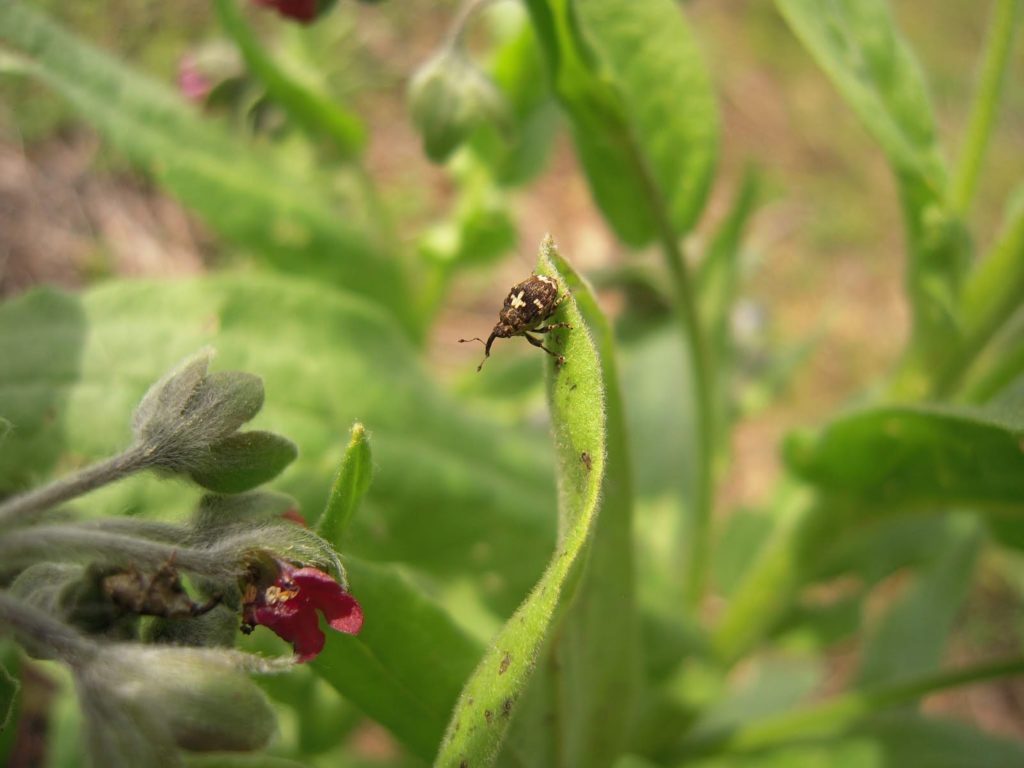
photo: Rosemarie De Clerk-Floate
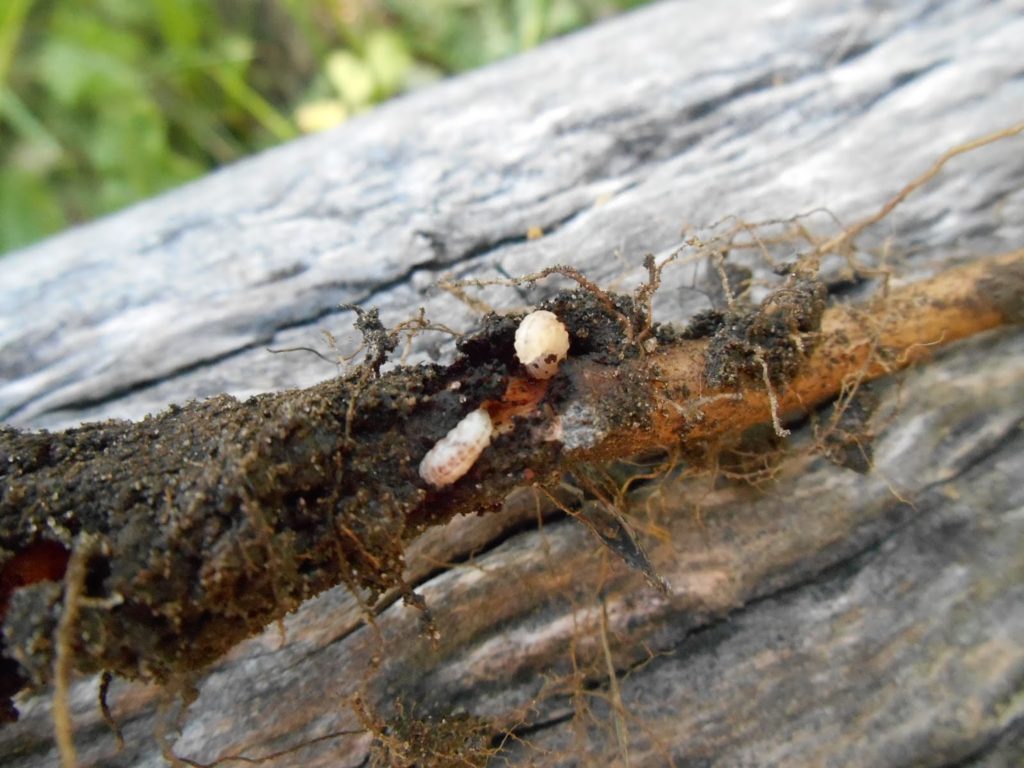
photo: Rosemarie De Clerk-Floate


